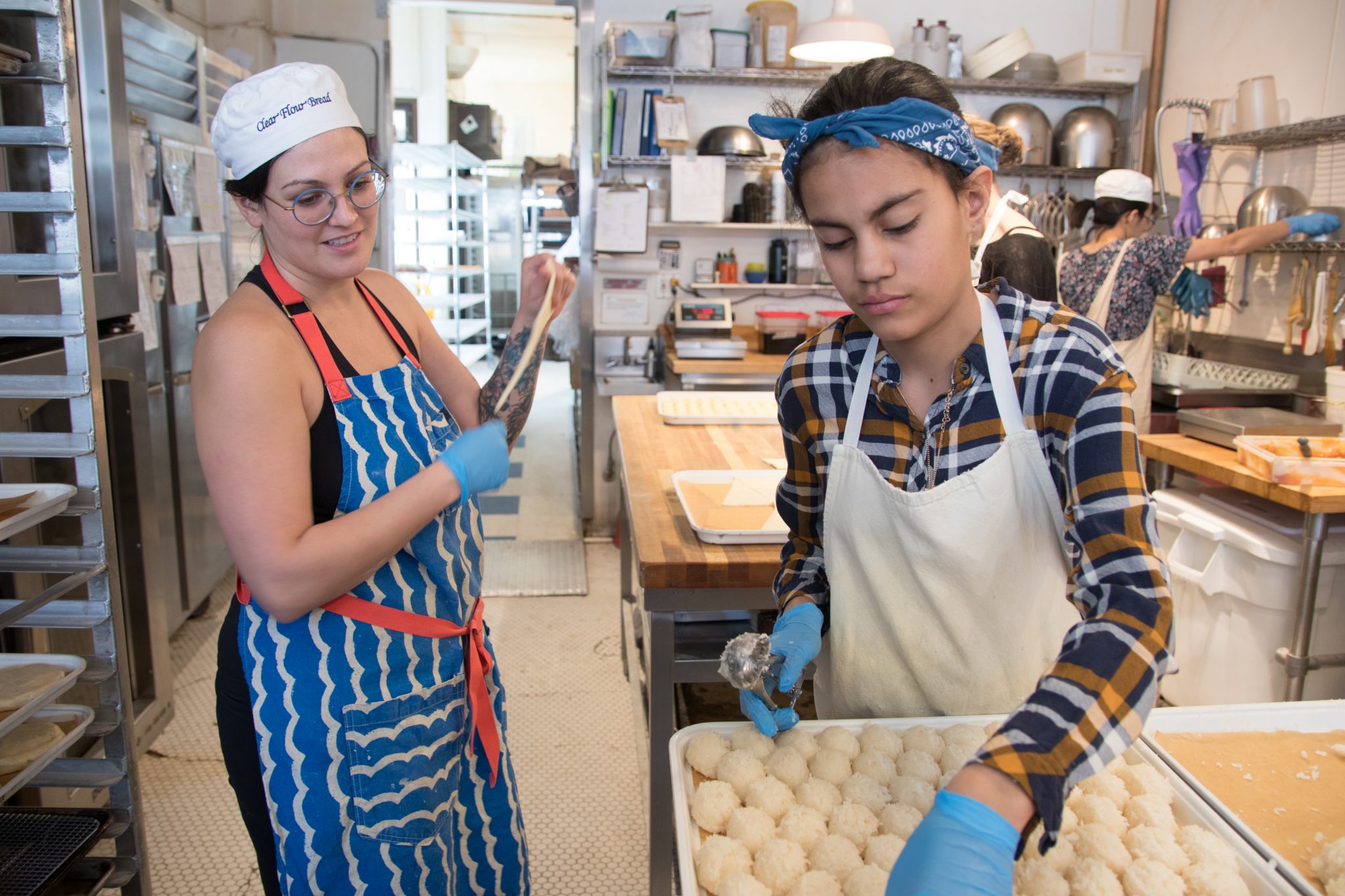In a report called ‘Career Readiness for All’, questions about the relationship between American education and work were raised. The report shows that most students leave high school without a clear idea about their future, and eventually struggle to find meaningful work. Even those who pursue a college degree often face a skills gap with what employers in their fields want to hire.
The study highlights the need to prioritize career planning as early as middle school, so students can better align their education with their careers. A major step of career planning is career exploration with Apprentice Learning, a non-profit that supports career exploration for Boston Public school middle school students. Apprentice Learning staffs guide students through the process of researching, evaluating, and learning about work opportunities. By understanding their job options, Apprentice Learning helps middle school students imagine themselves in jobs that suit them and prepare ahead. Here are five reasons why career exploration must begin in middle school:
Improves their knowledge of career options
We usually ask young children what they want to be when they grow up. Common answers include doctor, teacher, astronaut, and firefighter, but what about other jobs essential to our economy, like research, web developer, programmer, or accountant? Realistically, most people don’t get exposure to these career options (and the working world at large) until they’re in their 20s. By then, they would have already gotten through high school and grappled with the question of what to do next. Through career exploration, middle school students can become more aware of these jobs and find something that truly suits them. This is the aim at Apprentice Learning. Their programs hope to inform eight graders about different career opportunities through two-hour workplace sessions over the course of six weeks. Students get to meet passionate adults in various career fields, and hone their professional skills along the way.
Provides middle schoolers a path to pursue
According to an article from NBC Boston, roughly 40% of juniors and seniors in Boston Public Schools — around 2900 students — were chronically absent last fall, registering a post-pandemic increase of 500 additional students missing class. To combat increasing drop-outs, career exploration during middle school can help motivate students to graduate high school and pursue higher education. Once young students identify the relevance of the core curriculum for their future careers, they can be inspired to stay engaged with schooling and even strive for academic success. The year-round Workplace Exploration program offers students a chance to visit businesses and meaningfully engage with employees. From there, Apprentice Learning hopes to ignite young students’ sense of purpose and broaden their sense of belonging in the community, which are essential to keeping them on-track.
Motivates students towards growth
The transition from elementary school to middle school creates a near-universal increase in anxiety, stress, and discomfort. A University of Wisconsin-Madison’s study on middle school transition notes that students face increased self-awareness and heightened sensitivity towards social acceptance as they move up. Likewise, Maryville University’s human development and family studies curriculum points out that shifting societal trends also affect young teens through complex, far-reaching issues like poverty, discrimination, and harassment — which may lead to psychological issues or stunted development. Career exploration with Apprentice Learning at this age can encourage students to be more confident, learn self-reliance, and feel more independent, especially as they venture beyond the orbit of their parents. Having a dream career in mind can also give them a sense of clarity while they mature.
Gives them time to prepare for a career
Career exploration gives young students more time to understand the working world, so they can prepare for success. Once they discover their potential career, they can set realistic goals and work towards that job. They may be more open to talking to guidance counselors or people working in the field. They may even opt to sign-up for specific high school classes, join clubs, or take advantage of other relevant opportunities for training and hands-on experience. The 2022 Apprenticeship program, for instance, will begin with in-school preparatory classes followed by an on-site apprenticeship with adult mentors. Through these sessions, students can gauge their strengths, build a toolkit of communication techniques, and even create their first resume. This know-how can continue to inform students throughout their lives, especially when they begin applying for work.
Helps them develop transferable skills
Middle school students are curious, creative, and braver with learning, so they’re at an age when they’re more willing to try new things. Early career exploration would shift a student’s basic knowledge to skills application. In an internship or an apprenticeship, they can improve their talents in writing, photo editing, or working with spreadsheets. They would also gain a new understanding of important competencies like communication, collaboration, problem solving, and project management.
In the blog post on Closing Gaps, it mentions how even online programs can guide eighth-graders in learning important career skills. These virtual capabilities further student development, especially during the gap period before high school. To learn more about Apprentice Learning, sign-up as a volunteer, or donate to our cause, contact Apprentice Learning today.
Article written by Robbie Jordyn
November 29, 2021
For the exclusive use of apprenticelearning.org

